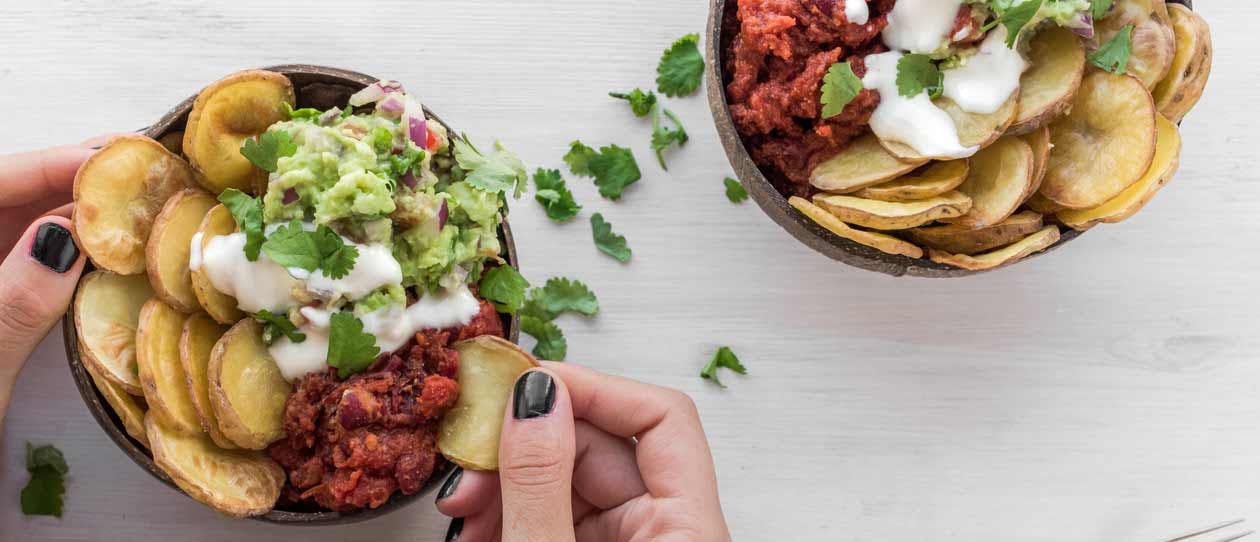Why do we eat comfort foods when it's cold?
Comfort foods are hard to avoid in winter. There’s nothing more inviting than a warm, filling meal when we walk into the house after a long, cold day. But often, these foods come with a massive side serve of empty calories.
And it seems that no matter how hard we try to be good, that even evolution may be working against us. A University of Exeter
study suggests that we have evolved to have subconscious urges to over-eat, and limited ability to avoid putting on weight, especially in winter
Lead author Dr Andrew Higginson, from the College of Life and Environmental Sciences at the University said, “You would expect evolution to have given us the ability to realise when we have eaten enough, but instead we show little control when faced with artificial food.”
“Because modern food today has so much sugar and flavour the urge humans have to eat it is greater than any weak evolutionary mechanism which would tell us not to.”
The good news is, with some simple swaps you can give in to the cravings to eat comfort foods, but without the stodge and empty calories.
Mexican
Bump up the nutritional value while still enjoying the flavour of a Mexican meal by making your own - slow cook pork, beef or chicken and shred with a fork (or use lean mince if you’re short on time), add tinned tomatoes and paste, refried or kidney beans, diced onions and garlic, grated veggies and Mexican spices - cumin, paprika and mild chili flakes.
Go for wholemeal wraps or baked sweet potatoes rather than packet taco shells and wraps, skip – or halve the cheese, and top with avocado and low fat Greek yoghurt or refuel the whole family with these
fully loaded nachos
Hot desserts
Puddings and cakes are popular in winter but are usually full of sugar and empty calories. If you crave something hot, stew fruits and serve with cinnamon and a drop of Greek yoghurt, or bake your own goodies, substituting in wholemeal flours and oat bran.
Bananas can be used to add sweetness, meaning you can significantly cut back on how much refined sugar you add.
Bonus tip: next time you DIY a healthy
home-made banana bread, pop a slice in the sandwich press for a hot pudding-like dessert.
Get the latest in wellbeing news
Sign up to the fortnightly wellbeing update and get the latest articles, recipes and more delivered straight to your inbox!


